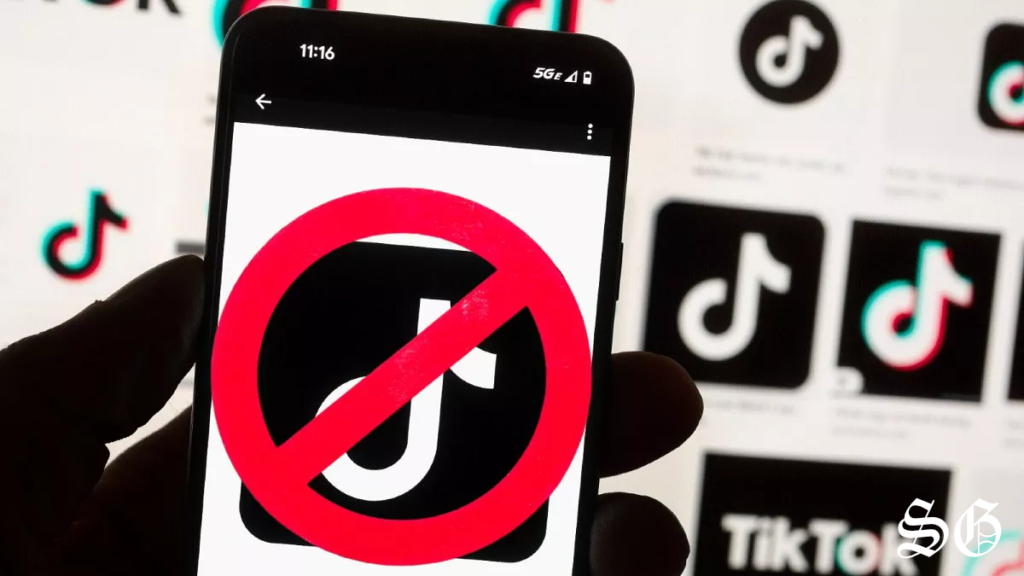Table of Contents
Albania Implements One-Year TikTok Ban to Combat Youth Violence and Protect Children
In a decisive move to protect children and promote safety in schools, Albania’s government announced a one-year ban on TikTok, the widely-used video-sharing app. This decision follows a tragic incident where a 14-year-old student was killed by a fellow pupil, sparking concerns about the role of social media in fostering violence among youth.

Reasons Behind the Ban
Prime Minister Edi Rama explained that the ban, set to begin early next year, is part of a larger initiative to enhance safety in schools. The government has pointed to social media, particularly TikTok, as a contributing factor to increasing violence among young people both inside and outside educational institutions.
The Role of Social Media in Youth Violence
Rama emphasized that the issue was not the children themselves, but the influence of platforms like TikTok on their behavior. The fatal stabbing of a teenager in November, which was reportedly preceded by online arguments between the two students, led to the discovery of videos on TikTok showing minors endorsing the killing. Rama condemned this as evidence of social media’s negative impact on young minds.
Global Context of Social Media Regulations
Albania’s TikTok ban follows a growing trend across Europe and beyond, where several countries have begun enforcing restrictions on social media usage for minors. Nations such as France, Germany, and Belgium have implemented various limitations to protect children, while Australia has gone as far as approving a complete social media ban for children under 16.
Conclusion
This bold step by Albania reflects increasing concern worldwide about the influence of social media on children. The decision to shut down TikTok for a year is part of ongoing efforts to address the role of social platforms in shaping youth behavior and safeguarding their well-being.